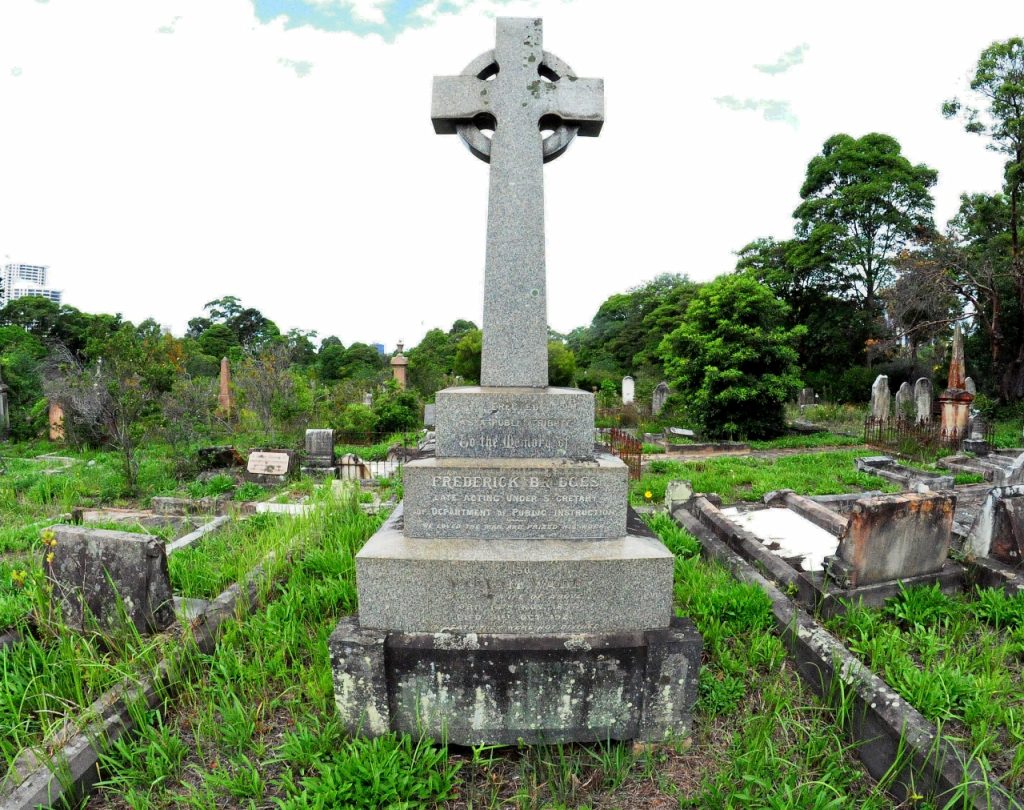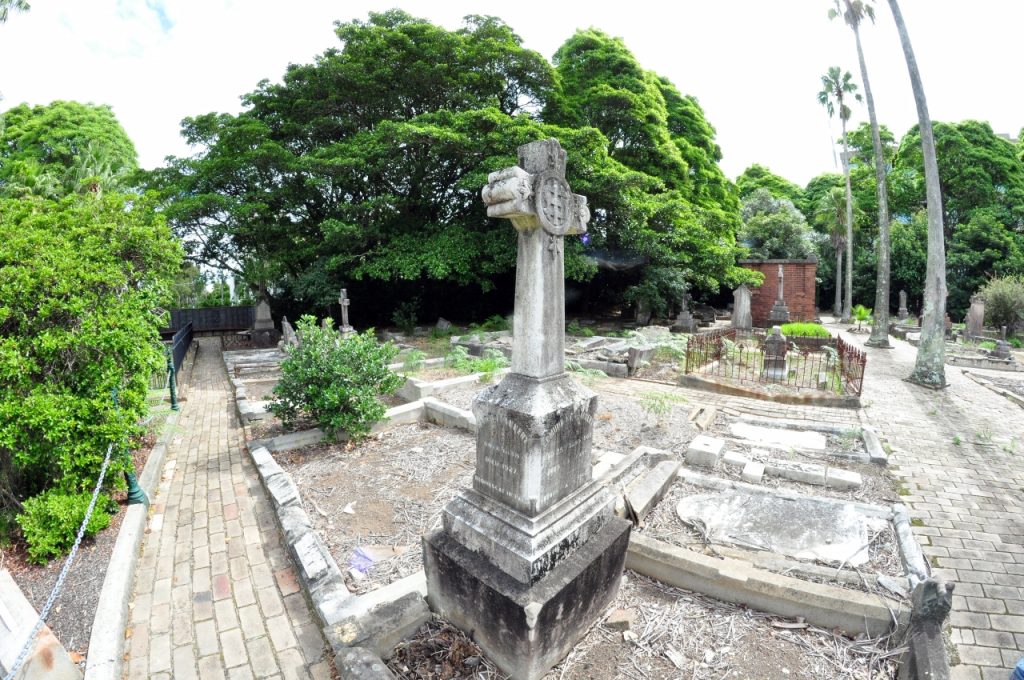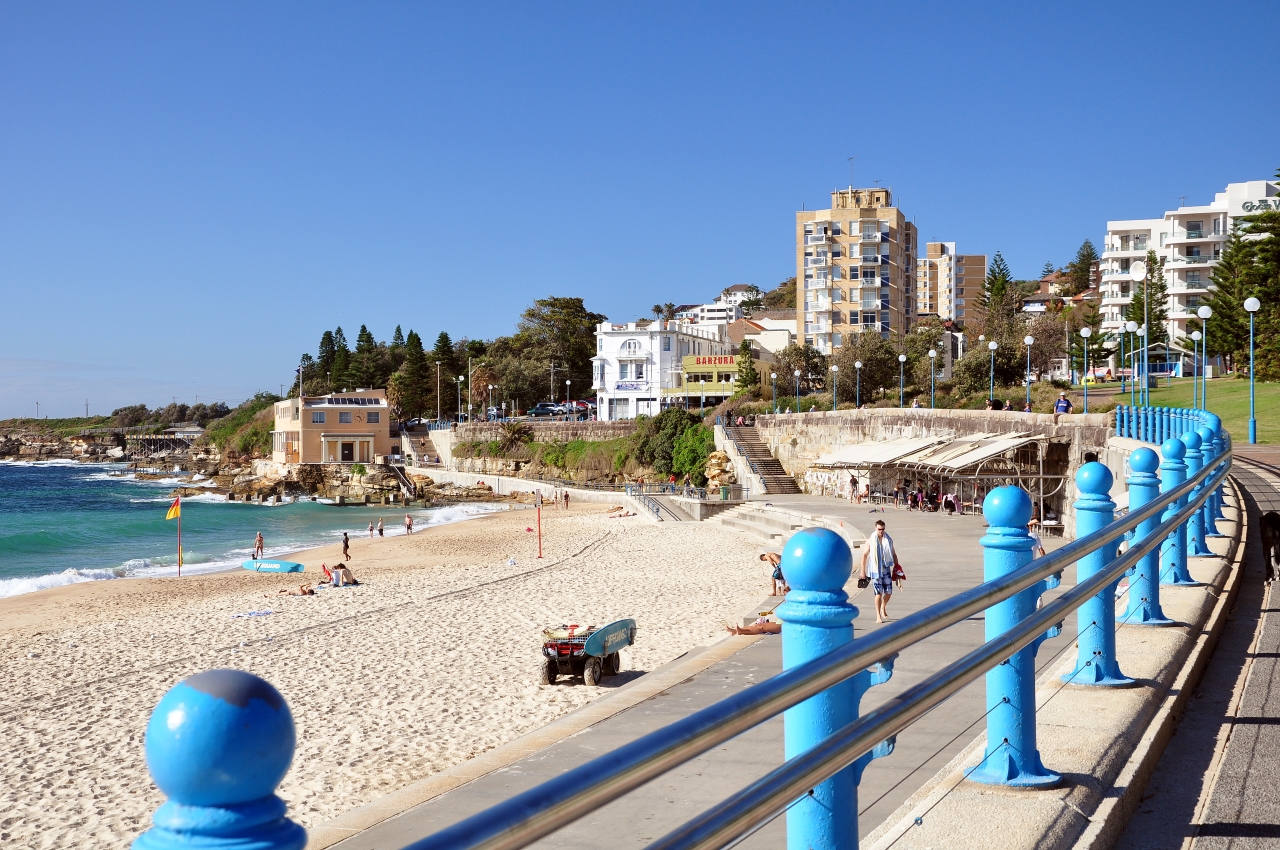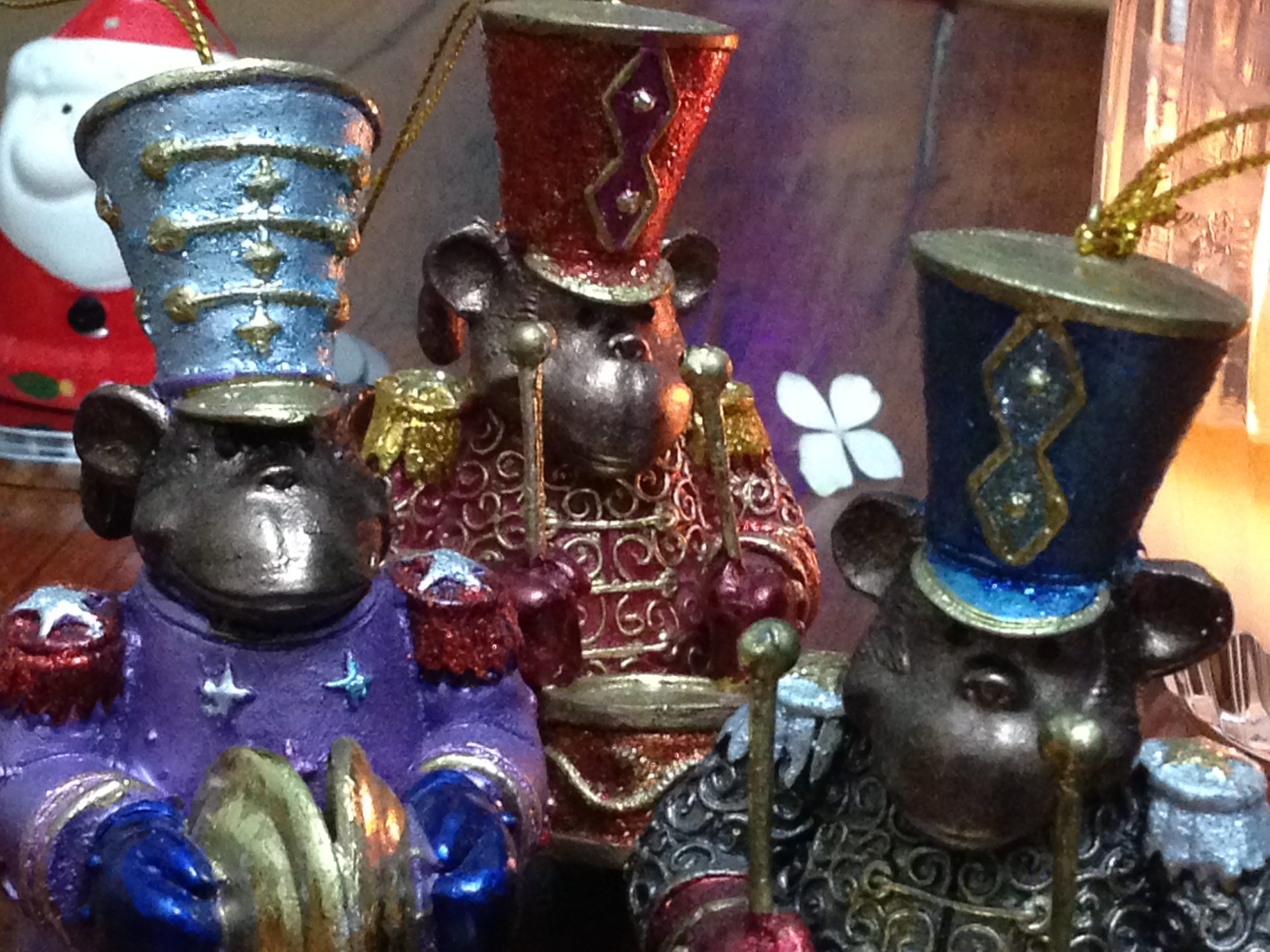Gore Hill Cemetery
Nestled in the heart of St Leonards, Sydney, Gore Hill Cemetery stands as a silent sentinel to the city’s rich and varied history. Established in 1868, this cemetery is one of the oldest in metropolitan Sydney, offering a unique glimpse into the past through its serene pathways and historic monuments.
Origins and Establishment
The inception of Gore Hill Cemetery can be traced back to the vision of William Tunks, a prominent New South Wales politician. Recognizing the need for a general cemetery in the North Shore area, Tunks spearheaded the establishment of this resting place. The cemetery was officially dedicated on May 19, 1868, and the first interment took place in 1877. Over the years, it became the final resting place for many of Sydney’s notable citizens, including politicians, pioneers, and war heroes.

Architectural and Cultural Significance
Gore Hill Cemetery is not just a burial ground; it is a cultural and architectural landmark. The cemetery was originally laid out as a formal Victorian/Edwardian garden, reflecting the design aesthetics of the era. Visitors can stroll along its peaceful paths, admiring the stunning monuments and headstones that tell stories of the past. The cemetery spans 5.81 hectares, providing a tranquil space for reflection and remembrance.
Notable Burials and Memorials
Throughout its operational years, Gore Hill Cemetery witnessed 14,456 burials, with the majority occurring between 1900 and 1930. Among the notable individuals interred here are several war heroes, with 17 Commonwealth war graves from World War I. These graves are maintained by the Commonwealth War Graves Commission, ensuring that the sacrifices of these individuals are not forgotten.

Notable People Buried at Gore Hill Cemetery
Gore Hill Cemetery is the final resting place for many individuals who have left an indelible mark on Sydney’s history. Here are some of the notable figures interred within its grounds:
William Tunks (1816-1883) – A key figure in the establishment of Gore Hill Cemetery, Tunks was a prominent politician and businessman. He served as a member of the New South Wales Legislative Assembly and was instrumental in the development of the North Shore area. His vision and efforts led to the creation of this historic cemetery.
Sir John Robertson (1816-1891) – A significant political figure in New South Wales, Robertson served as Premier on five occasions. Known for his progressive policies, including land reforms that allowed for the free selection of land, Robertson’s contributions to the state’s development were substantial. His legacy is remembered through his burial at Gore Hill Cemetery.
Louisa Lawson (1848-1920) – A pioneering feminist, writer, and publisher, Louisa Lawson was the mother of the famous Australian poet Henry Lawson. Her work in advocating for women’s rights and her contributions to Australian literature have left a lasting impact. Her grave at Gore Hill Cemetery is a testament to her enduring influence.
Sir George Dibbs (1834-1904) – Serving as the Premier of New South Wales three times during the late 19th century, Dibbs’ tenure was marked by significant economic and social reforms. His contributions to the state’s governance and development are commemorated through his burial at Gore Hill Cemetery.
Henry Kendall (1839-1882) – A renowned Australian poet, Kendall’s works captured the beauty of the Australian landscape and the struggles of its people. His poetry remains an important part of Australia’s literary heritage. Kendall’s final resting place at Gore Hill Cemetery honors his contributions to Australian culture.
Dr. Charles Badham (1813-1884): A distinguished academic and physician, Badham served as a professor of classics and logic at the University of Sydney and was known for his contributions to education and medicine. His legacy in the academic and medical fields is remembered through his burial at Gore Hill Cemetery.
The Burial of Mary MacKillop
Mary MacKillop, also known as Saint Mary of the Cross, holds a special place in Australian history as the country’s first canonized saint. Her journey from humble beginnings to sainthood is a testament to her unwavering faith and dedication to education and social justice.
Upon her death on August 8, 1909, Mary MacKillop was initially buried at Gore Hill Cemetery. Her grave quickly became a site of pilgrimage, attracting many who sought to honor her legacy and seek her intercession. The devotion of the faithful was so intense that concerns arose about the preservation of her gravesite, as soil began to disappear from the area due to the sheer number of visitors.
Recognizing the need for a more secure and accessible location, Mary MacKillop’s remains were moved on January 28, 1914, to the newly built Mary MacKillop Memorial Chapel in North Sydney. This chapel was constructed specifically to honor her memory and provide a place for the faithful to gather and reflect. The reinterment was a significant event, attended by many who revered her contributions to society.
In 1994, her remains were moved once more within the chapel to a specially designed tomb, ensuring that her final resting place would be both dignified and protected. Today, the Mary MacKillop Memorial Chapel continues to be a place of pilgrimage, where thousands come to pay their respects and draw inspiration from her life and work.
Mary MacKillop’s legacy lives on through the Sisters of Saint Joseph, the religious order she co-founded, and through the countless lives she touched with her compassion and dedication. Her burial site remains a symbol of her enduring impact on Australian society and the Catholic Church.
Conclusion
Gore Hill Cemetery stands as a poignant reminder of Sydney’s rich historical tapestry. From its establishment in 1868 to its closure in 1974, the cemetery has been a silent witness to the lives and legacies of many notable individuals. Figures such as William Tunks, Sir John Robertson, Louisa Lawson, and Henry Kendall have all found their final resting place within its serene grounds, each contributing uniquely to the city’s development and culture.
The cemetery’s historical significance is further highlighted by the initial burial of Mary MacKillop, Australia’s first saint, whose legacy continues to inspire many. Her journey from Gore Hill to the Mary MacKillop Memorial Chapel underscores the deep reverence and respect she garnered.
Today, Gore Hill Cemetery is more than just a burial ground; it is a cultural and historical landmark that offers a tranquil space for reflection and remembrance. Managed by Northern Cemeteries, it remains a place where history is preserved and celebrated, providing visitors with a unique opportunity to connect with Sydney’s past.
As we walk through its pathways, we are reminded of the remarkable lives that have shaped the city and the enduring stories that continue to resonate through time. Gore Hill Cemetery is a testament to the rich and diverse history of Sydney, offering a peaceful haven where the past is honored and remembered.
Join the Conversation
Gore Hill Cemetery is more than just a historical site; it’s a living testament to the stories and legacies of those who have shaped Sydney’s past. We invite you to join the conversation and share your thoughts, memories, and reflections about this remarkable place. Whether you have a personal connection to someone buried there, a fascination with history, or simply a curiosity about Sydney’s heritage, your voice adds to the rich tapestry of stories that make Gore Hill Cemetery so special.
Feel free to leave a comment, share your experiences, or ask questions. Let’s keep the history of Gore Hill Cemetery alive and vibrant through our collective memories and discussions. Your insights and perspectives are invaluable in preserving and honoring the legacy of this historic landmark. Join us in celebrating the past and ensuring that the stories of those who rest here continue to inspire future generations.
Hashtags




